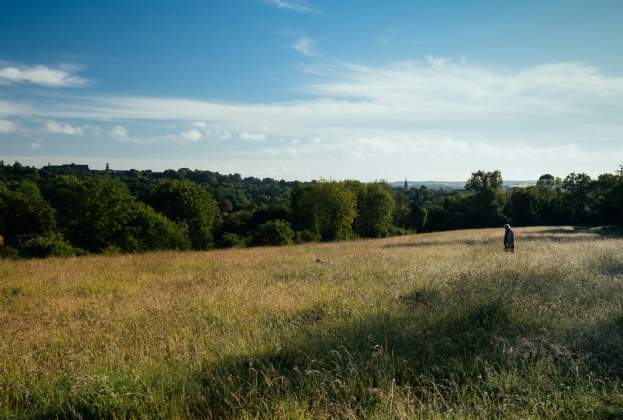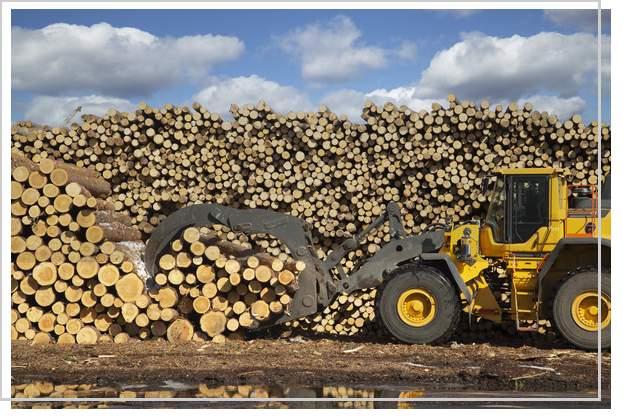On 7 February the Government published its consultation on First Homes. This is a new scheme that aims to reduce the barriers to home ownership. It is likely that Government wants First Homes to replace the Help to Buy scheme, which is due to end in 2023.
First Homes will improve access to home ownership for the middle-income households currently using Help to Buy. But while Help to Buy has dedicated funding, First Homes will be funded by the developer contributions that would otherwise provide traditional affordable housing. First Homes would need to be paired with more affordable housing grant funding to prevent access to housing for the most disadvantaged households falling.
What do we know about First Homes?
First Homes will be new homes sold at a discount of at least 30 per cent to market value. Local authorities will be able to decide who can buy them: priority is likely to go to households already living or working in the area, former military personnel and key workers such as nurses and firefighters.
Now, local authorities will normally require developers to provide a proportion of any residential site as affordable housing when granting planning permission. The type of affordable housing will depend on the site and the housing market in that local authority. Government has proposed that either a fixed proportion of affordable housing contributions or a proportion of all residential developments should be First Homes.
This means any new First Homes will likely come at the expense of traditional forms of affordable housing such as affordable rent, social rent and shared ownership.
The Government notes that this policy could be harmful to the disabled and the elderly, who are more likely to need affordable rented homes. It proposes leaving the task of ensuring this policy doesn't discriminate against disabled and older people to local authorities.
In many cases, First Homes will be helpful for those households who just need an extra boost to be able to buy a home and would otherwise have used Help to Buy.
For example, in Oxford last year the average new build home cost £368,000. Someone buying with a 25 per cent deposit and borrowing four times their income would need to earn almost £70,000 to afford that. Just 13 per cent of privately rented households in Oxford earn more than this. First Homes would reduce that house price by 30 per cent but would only allow an additional 10 per cent of Oxford’s renters to buy. Increasing the discount beyond 30 per cent would mean more households could afford an Oxford First Home but could make the whole development unviable.
What impact will First Homes have?
The consultation asks whether First Homes should make up 40 per cent, 60 per cent, 80 per cent, or another proportion of developers’ affordable housing contributions. In 2018/19 those contributions built just under 28,000 homes. That’s around half of all affordable housing supply.
Requiring this many First Homes could reduce total traditional affordable housing delivery by between 20 per cent and 40 per cent. First Homes’ impact will be even greater in parts of the country where development viability is already challenging.
Further information
.jpg)
.png)
.jpg)
.jpg)




(1).jpg)
.jpg)
